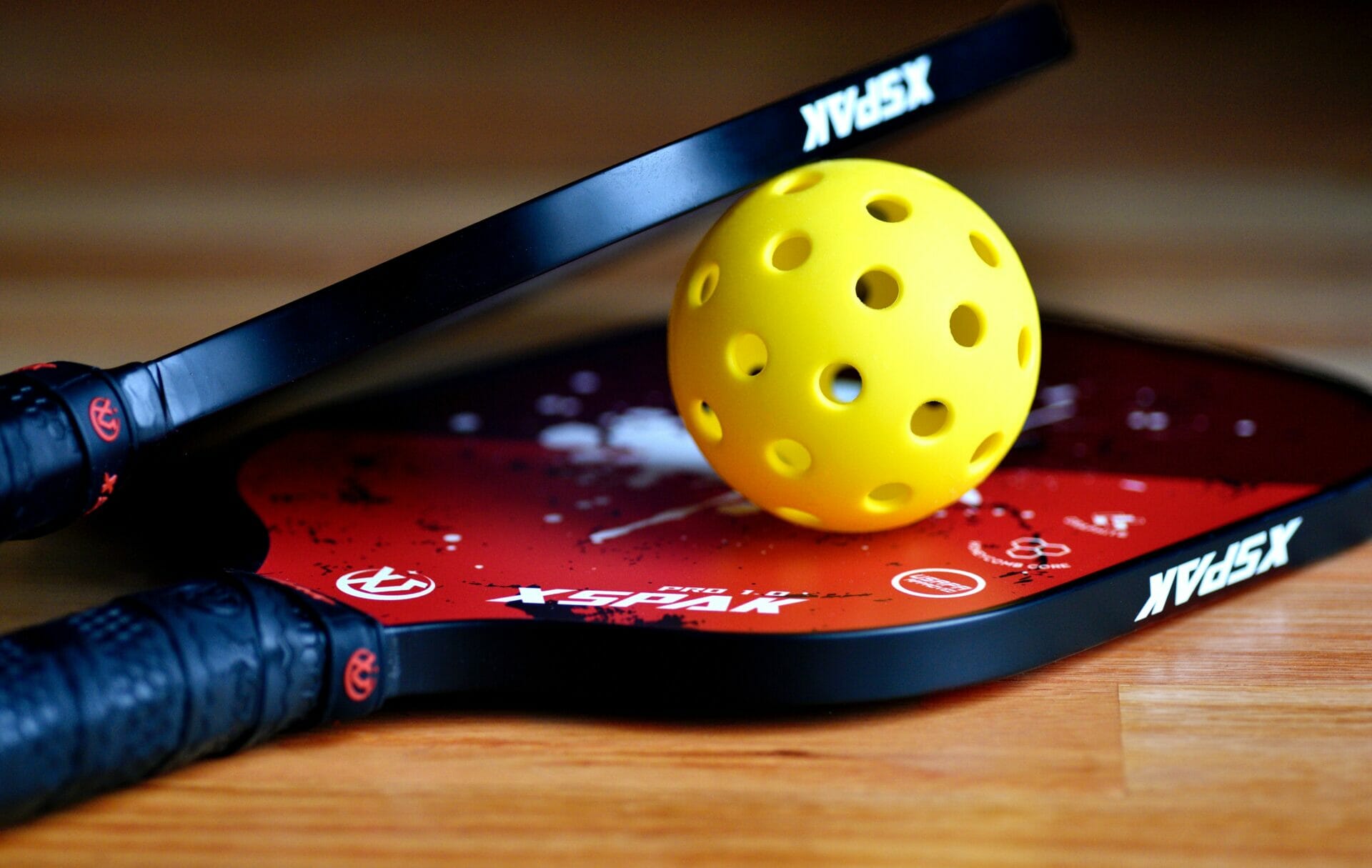Volleyball is not just for the young and athletic. In fact, it’s a sport that can be enjoyed by people of all ages, including those in their 50s. If you’re looking for a fun and engaging activity to stay active this fall, why not give volleyball a try? In this article, we will explore how you can begin playing volleyball in your 50s, from finding a league or group to learning basic techniques and staying safe on the court. Get ready to serve up some fun and discover the joy of volleyball!
Introduction To Playing Volleyball In Your 50s
Playing volleyball in your 50s may seem daunting at first, but it’s never too late to start. In fact, many people find that picking up a new sport later in life brings a sense of excitement and rejuvenation. Volleyball is a fantastic way to stay active, improve your cardiovascular fitness, and make new friends along the way. Whether you’re a complete beginner or have some experience playing the sport, there are plenty of opportunities for you to get involved and enjoy the game.
Benefits Of Playing Volleyball At Any Age
Playing volleyball offers numerous benefits for people of all ages, and the same holds true for those in their 50s. First and foremost, volleyball is a great way to stay active and maintain a healthy lifestyle. The fast-paced nature of the game helps to improve cardiovascular endurance, strength, and agility. Additionally, volleyball is a team sport, which means you’ll have the opportunity to socialize and build strong relationships with your teammates. This can have a positive impact on your mental well-being and overall happiness.
Volleyball Equipment And Court Setup
Before you start playing volleyball, it’s important to familiarize yourself with the necessary equipment and court setup. The primary piece of equipment you’ll need is a volleyball. Look for one that is the appropriate size and weight for your age and skill level. Additionally, you’ll need a net and poles to set up the court. Most recreational leagues and groups will have these already set up, but if you plan on playing in your backyard, you can easily purchase a portable volleyball net. Lastly, comfortable athletic shoes with good traction are essential to ensure stability and prevent injuries on the court.
Finding A Volleyball League Or Group
Now that you have a basic understanding of volleyball equipment, it’s time to find a league or group to join. There are many options available, ranging from recreational leagues to more competitive play. Start by searching online for volleyball leagues in your area. You can also reach out to local community centers or sports clubs to inquire about any volleyball programs they may offer. Another great way to find a group is through social media platforms. Look for volleyball-related groups or pages in your area and connect with other players who share your passion for the sport.
Warm-up Exercises And Stretches For Older Players
As with any physical activity, warming up before playing volleyball is crucial, especially for older players. A proper warm-up routine helps to increase blood flow to the muscles, improve flexibility, and reduce the risk of injury. Begin with some light cardiovascular exercises, such as brisk walking or jogging, to get your heart rate up. Follow this with dynamic stretches that target the major muscle groups used in volleyball, such as arm circles, leg swings, and torso twists. Remember to stretch both sides of your body equally to maintain balance and prevent muscle imbalances.
Basic Volleyball Rules And Techniques
Now that you’re warmed up and ready to hit the court, it’s important to familiarize yourself with the basic rules and techniques of volleyball. The objective of the game is to rally the ball over the net and land it in the opponent’s court, while preventing them from doing the same. Each team is allowed three hits to return the ball, and the ball must not touch the ground on their side of the net. The most common techniques include serving, passing, setting, attacking, and blocking. Take some time to practice each of these skills and become comfortable with the fundamentals of the game.
Volleyball Drills And Practice Tips
To improve your volleyball skills, it’s important to incorporate drills and practice sessions into your routine. Start with simple drills that focus on specific aspects of the game, such as serving accuracy or passing technique. As you become more comfortable, gradually increase the difficulty level and introduce more complex drills that simulate game-like situations. Practice regularly, even if it’s just for a short period of time each day. Consistency is key when it comes to skill development. Additionally, consider finding a practice partner or joining a team where you can engage in game-like situations and receive feedback from other players.
Safety Considerations For Older Players
When playing volleyball in your 50s, it’s important to take certain safety considerations into account. As we age, our bodies may be more prone to injuries and strains. To minimize the risk of injury, make sure to warm up properly before each session, and listen to your body. If you experience any pain or discomfort, take a break and consult with a healthcare professional if necessary. It’s also important to wear protective gear, such as knee pads and ankle braces, to provide additional support and prevent injuries. Lastly, be mindful of your surroundings and communicate with your teammates to avoid collisions on the court.
Volleyball Gear And Clothing Recommendations
Having the right gear and clothing can enhance your volleyball playing experience. When it comes to clothing, opt for lightweight, breathable materials that allow for ease of movement. Moisture-wicking fabrics are also beneficial to keep you dry and comfortable during intense play. As for footwear, choose shoes specifically designed for volleyball to provide the necessary support and stability. When it comes to gear, consider investing in a good quality volleyball bag to keep your equipment organized and easily transportable. Additionally, having a water bottle and towel on hand is essential for staying hydrated and wiping off sweat during breaks.
Staying Motivated And Avoiding Injuries
To stay motivated and avoid injuries, it’s important to listen to your body and take breaks when needed. Overtraining can lead to burnout and increase the risk of injuries. Give yourself rest days to allow your body to recover and avoid pushing yourself too hard. Additionally, setting realistic goals can help keep you motivated and focused. Whether it’s improving your serving accuracy or learning a new technique, breaking down your goals into smaller, achievable milestones can provide a sense of accomplishment and keep you engaged in the sport.
Playing volleyball in your 50s can be a rewarding and enjoyable experience. Not only does it provide numerous physical and mental health benefits, but it also allows you to connect with others who share your love for the sport. By following the tips and guidelines outlined in this article, you can confidently begin your volleyball journey this fall. Remember to start slowly, listen to your body, and most importantly, have fun on the court. So, grab your volleyball, round up some friends, and get ready to serve up some fun this fall!





Responses